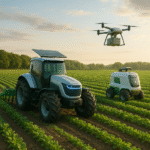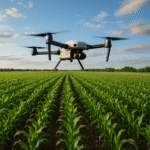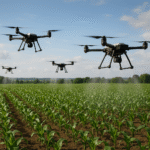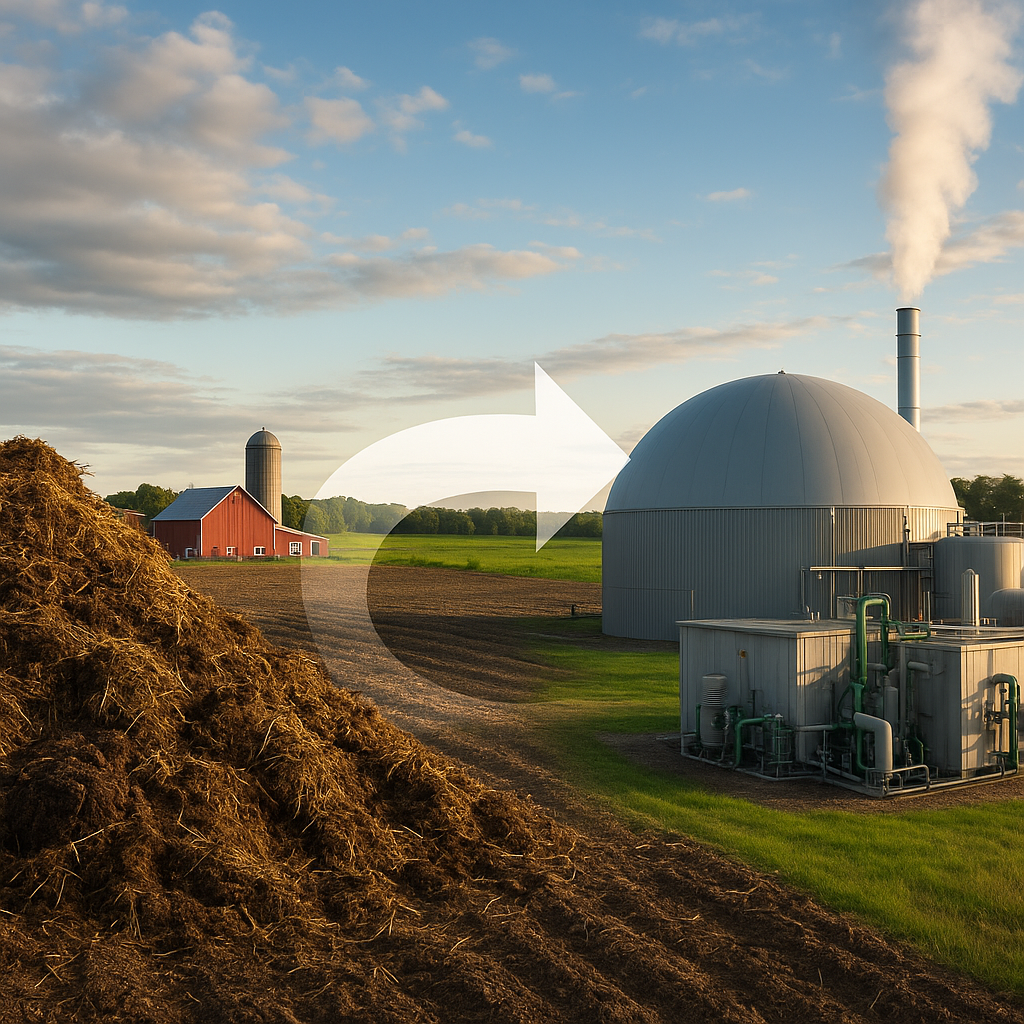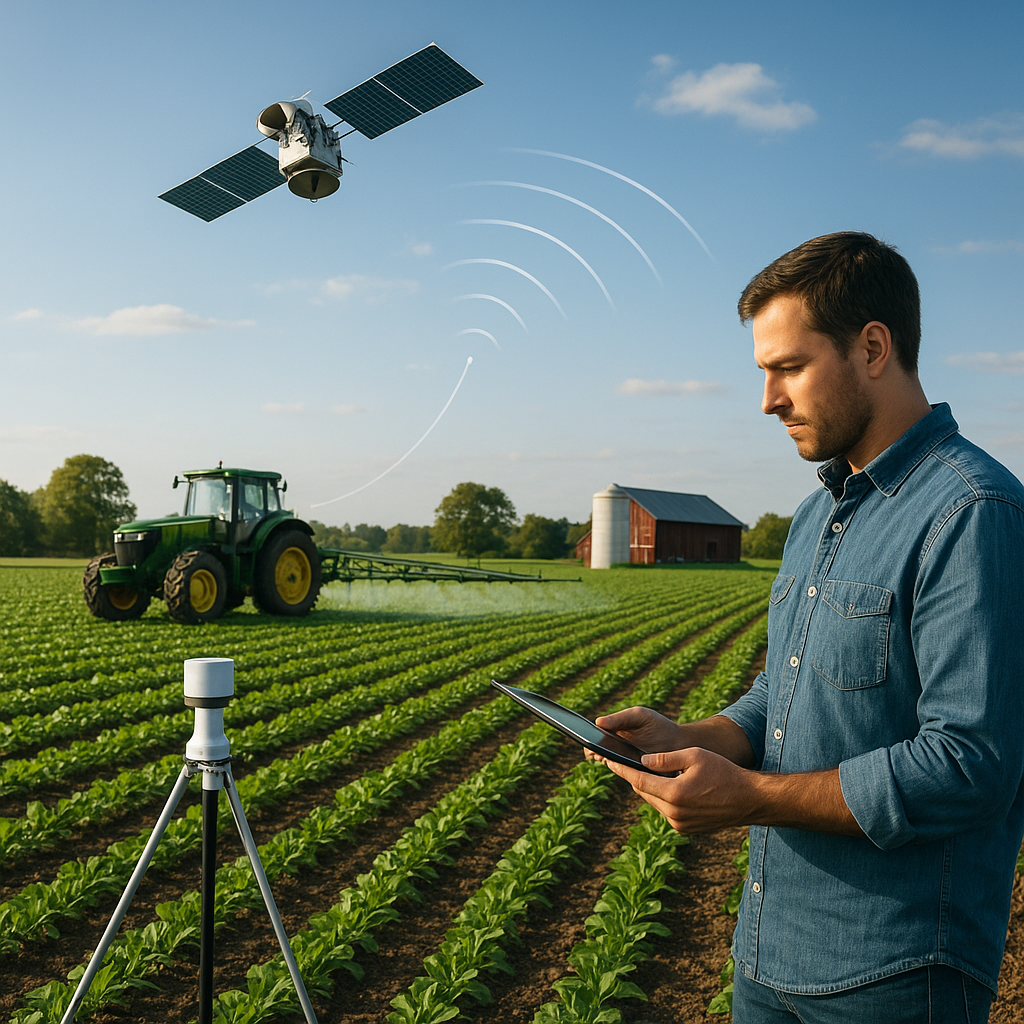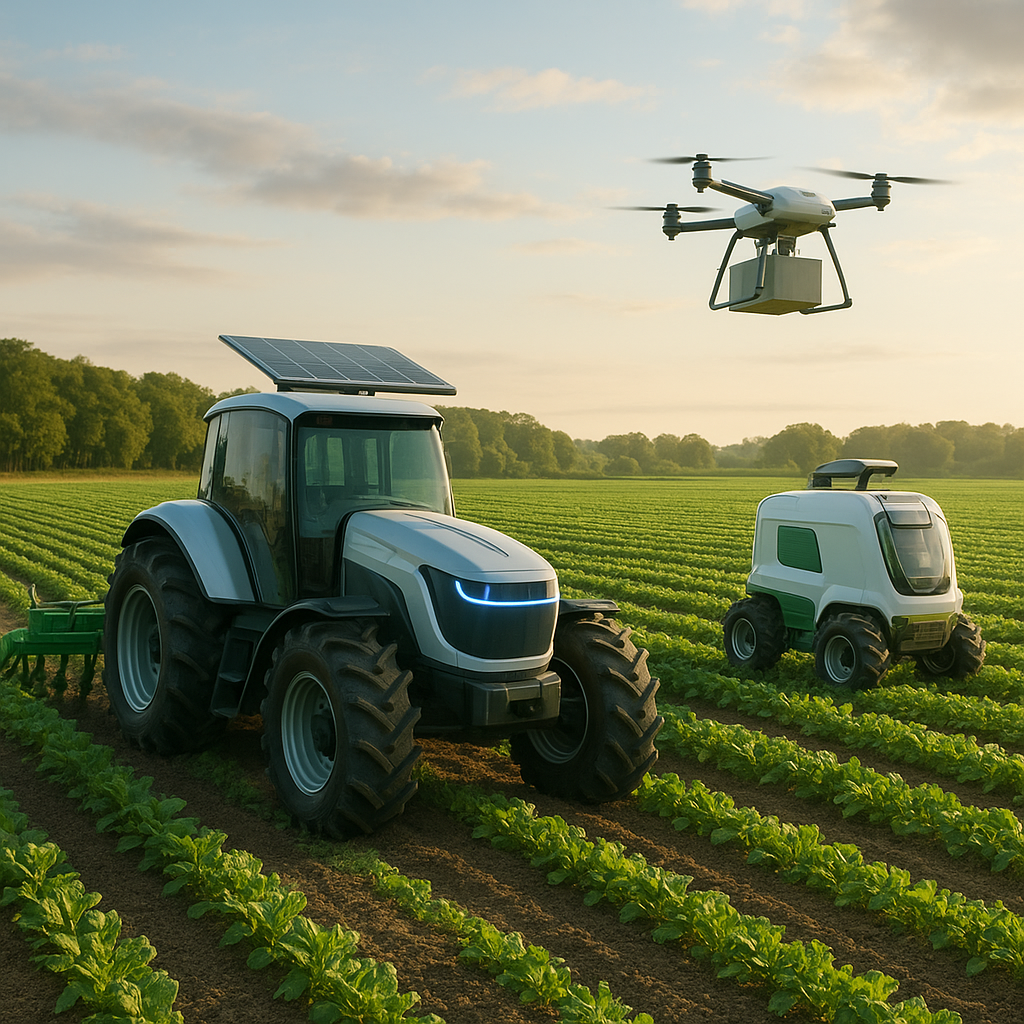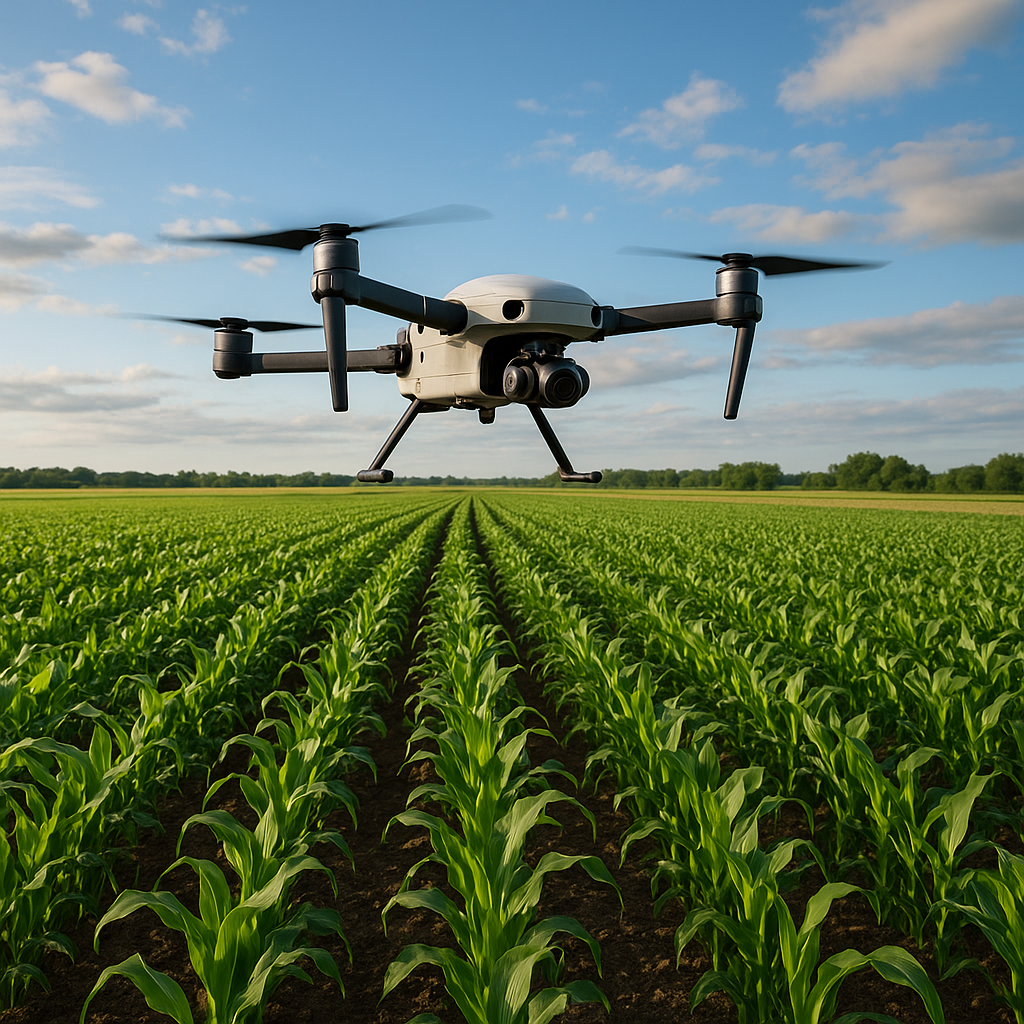Transforming agricultural residues into valuable energy sources has become a cornerstone of sustainable farming. By converting crop stalks, animal manure, and processing byproducts into heat, electricity, or biofuels, farmers are pioneering a circular economy on their lands. This shift not only reduces waste but also enhances farm resilience, lowers operating costs, and mitigates environmental impacts associated with conventional energy sources.
Harnessing Agricultural Byproducts through Anaerobic Digestion
Anaerobic digestion stands out as one of the most mature technologies for turning farm waste into renewable gas. In sealed, oxygen-free digesters, microbes break down organic matter—such as silage, poultry litter, and vegetable scraps—producing a methane-rich biogas. Key advantages include:
- Continuous biogas production that can power generators or be upgraded to biomethane.
- Generation of nutrient-rich digestate, a high-value soil amendment reducing dependence on synthetic fertilizers.
- Substantial greenhouse gas reductions by capturing methane that would otherwise escape into the atmosphere.
Optimizing this process requires precise control of temperature, pH, and feedstock composition. Modern digesters often incorporate innovations such as co-digestion of crop residues with livestock manure, improving gas yield and stabilizing microbial communities. The resultant biogas can supply on-farm electricity needs or be injected into regional gas grids, creating a reliable revenue stream.
Advanced Thermal Conversion Techniques
Beyond digestion, thermal processes like gasification and pyrolysis offer pathways to solid, liquid, or gaseous fuels from diverse biomass. Gasification subjects dry feedstock—corn cobs, nut shells, or straw—to high temperatures with limited oxygen, yielding synthesis gas (syngas). This versatile mixture of hydrogen and carbon monoxide can be cleaned and used in engines, turbines, or chemical synthesis. Pyrolysis, conducted in the absence of oxygen, thermally cracks biomass into bio-oil, char, and syngas.
- Bio-oil: a precursor for drop-in transportation fuels or heating applications.
- Biochar: a stable carbon material that, when returned to soil, enhances biodiversity, water retention, and long-term carbon sequestration.
- Syngas: adaptable to combined heat and power (CHP) systems, improving energy self-sufficiency.
Integrating these thermal units on farms demands attention to feedstock preprocessing—such as drying and size reduction—and emissions control. However, the payoff includes decentralized energy security and creation of high-value co-products that support regenerative soil management practices.
Biorefinery Models: Closing Nutrient and Energy Loops
The concept of an on-farm biorefinery unites multiple conversion paths to maximize resource efficiency. In such a model, harvest residues are split between fermentation for bioethanol, anaerobic digestion for biogas, and pyrolysis for biochar. This holistic approach achieves:
- Greater overall yield of energy per ton of biomass compared to single-technology systems.
- Enhanced nutrient cycling: digestate and biochar return minerals and carbon to croplands.
- Diversification of products—such as fertilizers, fuels, and specialty chemicals—improving economic resilience against market fluctuations.
Agritech companies are now designing modular biorefinery units that can be scaled according to farm size, enabling medium-scale growers to adopt innovative practices without prohibitive capital investments. Coupled with precision agriculture tools—like remote sensing and data analytics—farmers can monitor feedstock availability and energy flows in real time, refining operations for maximum profitability and environmental benefit.
Socioeconomic Impacts and Future Outlook
Deploying farm-based bioenergy solutions yields a spectrum of socioeconomic advantages. Rural communities gain new employment opportunities in facility operation, feedstock logistics, and equipment maintenance. Farmers increase income stability by producing on-site energy and selling surplus power or carbon credits. Moreover, localized bioenergy reduces reliance on imported fossil fuels, enhancing national energy security.
Looking ahead, policy frameworks that incentivize resource efficiency—such as feed-in tariffs, renewable portfolio standards, and carbon pricing—will be pivotal. Research into next-generation enzymes, tailored microbial consortia, and hybrid hybrid systems promises further improvements in conversion rates and cost reductions. Collaborative efforts among universities, agribusinesses, and government agencies can accelerate technology transfer, ensuring that impressionable agrarian regions worldwide benefit from these breakthroughs.
By closing the loop between farm waste and clean energy, agriculture can evolve into a truly regenerative, carbon-negative industry—fortifying global food systems while combating climate change.


